Hanoi urban development based on transit oriented development
Law on Capital 2024 stipulates that Hanoi will develop urban areas towards transit oriented development (TOD)
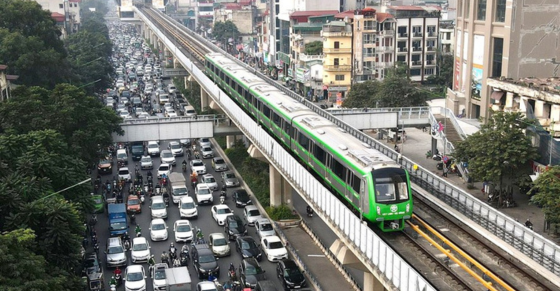
Hanoi urban development based on transit oriented development (Internet image)
Hanoi urban development based on transit oriented development
Urban development based on transit oriented development (also known as the TOD model) is a planning solution for renovating, embellishing, and developing urban areas. It takes the connectivity hubs of urban railways or other mass public transport systems as the focal points for residential, commercial, and office services within walking distance to public transport. This aims to enhance the efficiency of land use, public works, community health, reduce private motor vehicles, decrease pollution emissions, and preserve cultural values (as stipulated in Clause 1, Article 31 of the Law on Capital 2024).
The TOD area includes train stations, urban railway depots, mass public transport hubs, and the adjoining areas defined according to sub-regional or detailed planning to construct transport routes, urban railways combined with urban renovation and investment for urban development.
According to Clauses 2, 3, 4, Article 31 of the Law on Capital 2024, urban development based on transit oriented development (TOD model) is implemented as follows:
(1) The establishment, decision, and management of the urban railway system planning, transport route planning utilizing mass public transport methods, and the TOD area are subject to the following regulations:
- Based on the Capital Master Plan and the General Plan of the Capital, the City People's Committee can adjust the land use functions within the TOD area to exploit the land fund and added value from the land, develop urban railways, other mass public transport methods, and urban development in the TOD area;
- In the TOD area, the City People's Committee can determine the application of architectural planning criteria, technical and social infrastructure, spatial requirements, and land use different from the national technical standards for construction planning, ensuring conformity with the General Plan of the Capital;
- For areas with approved sub-regional or equivalent planning, but during the preparation of the urban railway route plan, transport route utilizing mass public transport or TOD area planning, if the entity proposes new or differing content from the approved planning, it must submit it to the City People's Committee for consideration and decision. The approval decision for the urban railway route plan or detailed TOD area planning replaces the locally adjusted content in the previously approved sub-regional or equivalent planning without needing adjustment procedures for the approved planning.
(2) Investment in urban railway development in the City is prioritized using the TOD model, ensuring modernity, synchronization, and sustainability, and it follows these regulations:
- The City People's Council decides on the investment policy of urban railway projects under the TOD model per investment phases; decides on separating compensation, support, and resettlement into independent projects;
- The City People's Committee decides on the investment in urban railway projects under the TOD model, decides on or approves the investment policy of component projects, decides on land acquisition projects, compensation, support, and resettlement;
- The content, procedure, appraisal authority of projects stipulated in points a and b of this clause follow the similar procedure of Group A projects within the province's Council's authority as per public investment laws;
- The City People's Committee can choose to apply technical standards for the City's urban railway lines.
(3) Within the TOD area, the City is allowed to collect and use 100% of the following revenues to develop the urban railway system, public transport systems, and technical infrastructure connected with the public transport system:
- Revenues from additional construction floor area of civil construction projects due to increased land use coefficient and other planning criteria in the TOD area;
- Revenues from exploiting land value increments in the TOD area;
- Infrastructure improvement fees.
Tran Trong Tin
- Number of deputy directors of departments in Vietnam in accordance with Decree 45/2025/ND-CP
- Cases ineligible for pardon in Vietnam in 2025
- Decree 50/2025 amending Decree 151/2017 on the management of public assets in Vietnam
- Circular 07/2025 amending Circular 02/2022 on the Law on Environmental Protection in Vietnam
- Adjustment to the organizational structure of the Ministry of Health of Vietnam: Certain agencies are no longer listed in the organizational structure
- Vietnam aims to welcome 22-23 million international tourists in Vietnam in 2025
-
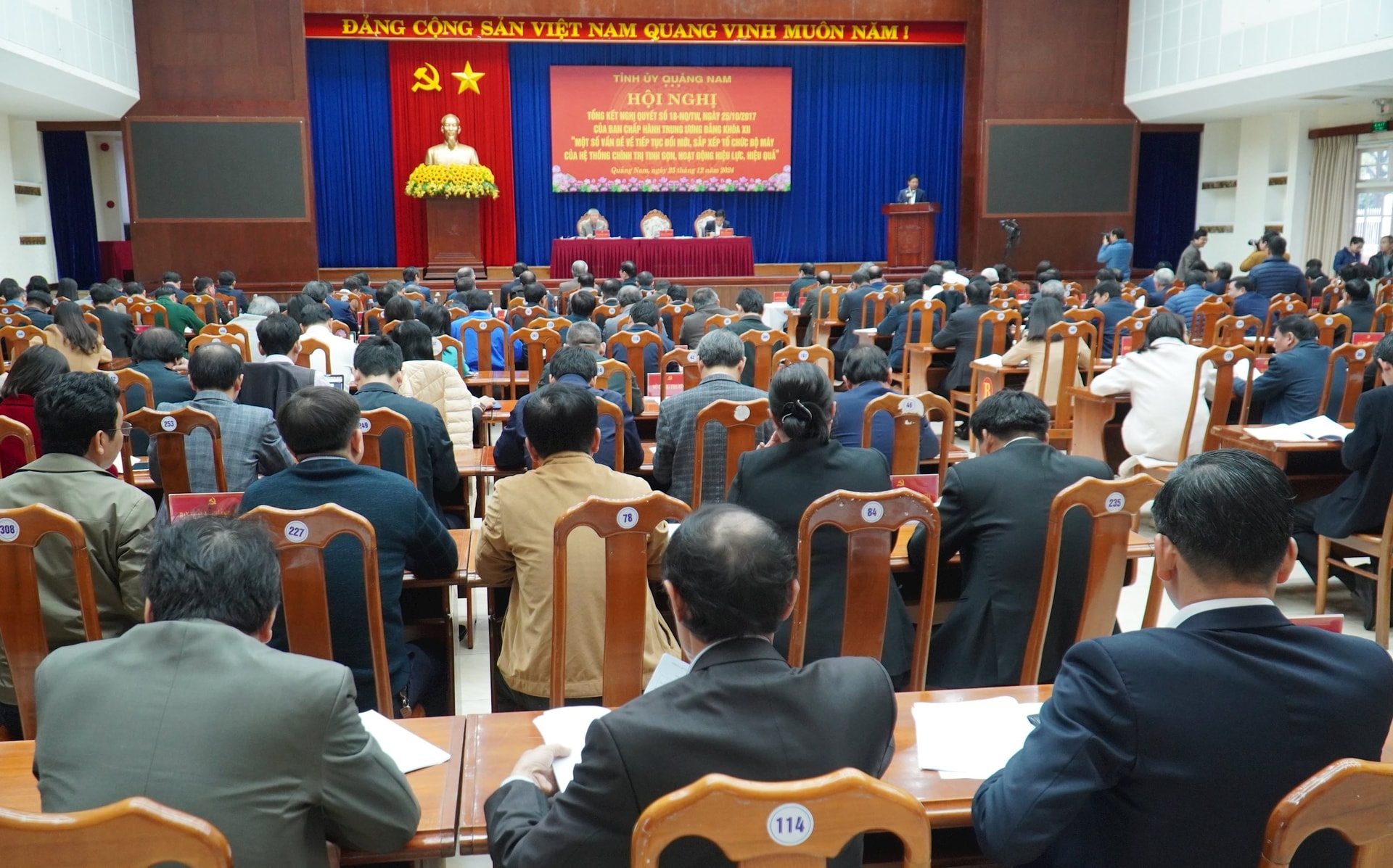
- Plan on the organization and arrangement of specialized ...
- 14:47, 18/02/2025
-

- Conditions for developing a proposal to use public ...
- 18:29, 05/02/2025
-
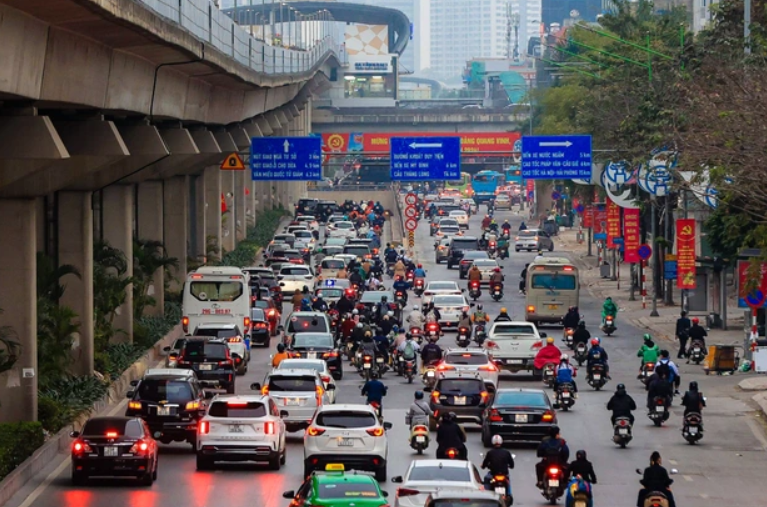
- Announcement on the schedule for Lunar New Year ...
- 06:54, 06/01/2025
-
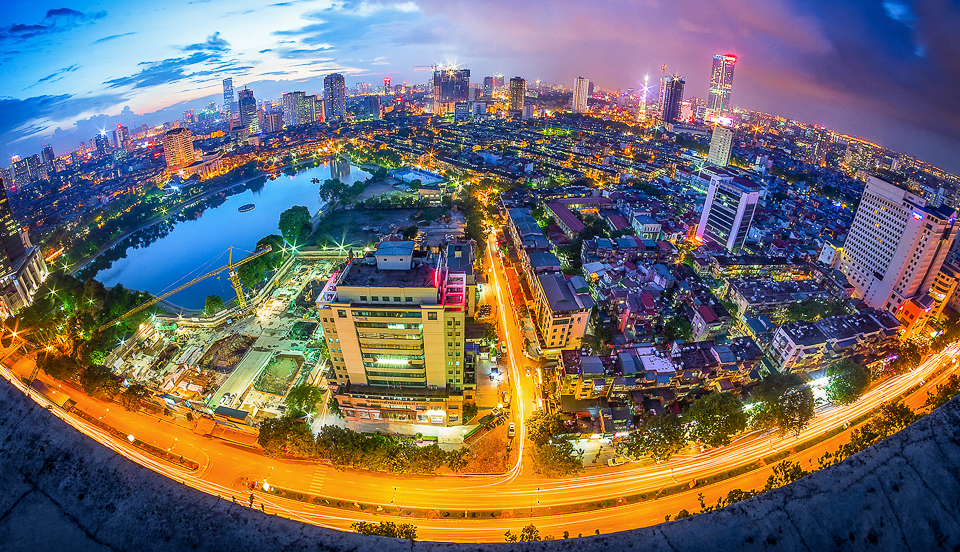
- Principles of operation for the People's Commitees ...
- 08:30, 30/12/2024
-
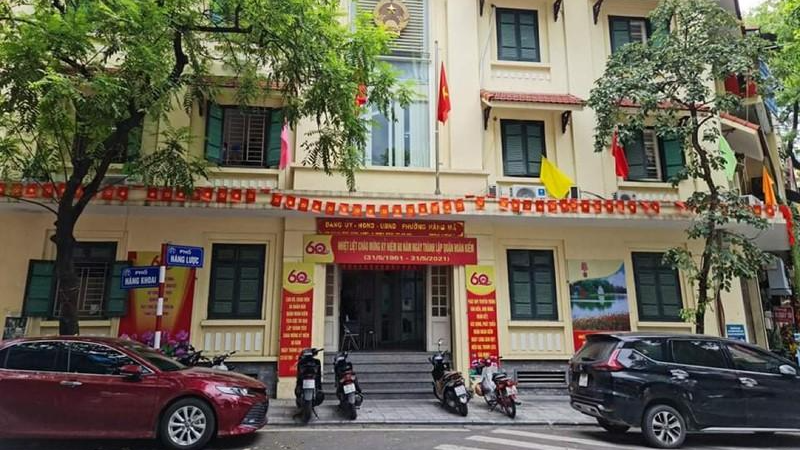
- 05 principles of operation for the People's Committees ...
- 18:00, 28/12/2024
-

- Notable new policies of Vietnam effective as of ...
- 16:26, 11/04/2025
-
.Medium.png)
- Notable documents of Vietnam in the previous week ...
- 16:21, 11/04/2025
-
.Medium.png)
- Notable documents of Vietnam in the previous week ...
- 16:11, 02/04/2025
-
.Medium.png)
- Notable new policies of Vietnam to be effective ...
- 16:04, 02/04/2025
-
.Medium.png)
- Notable new policies of Vietnam effective from ...
- 14:51, 21/03/2025
 Article table of contents
Article table of contents
